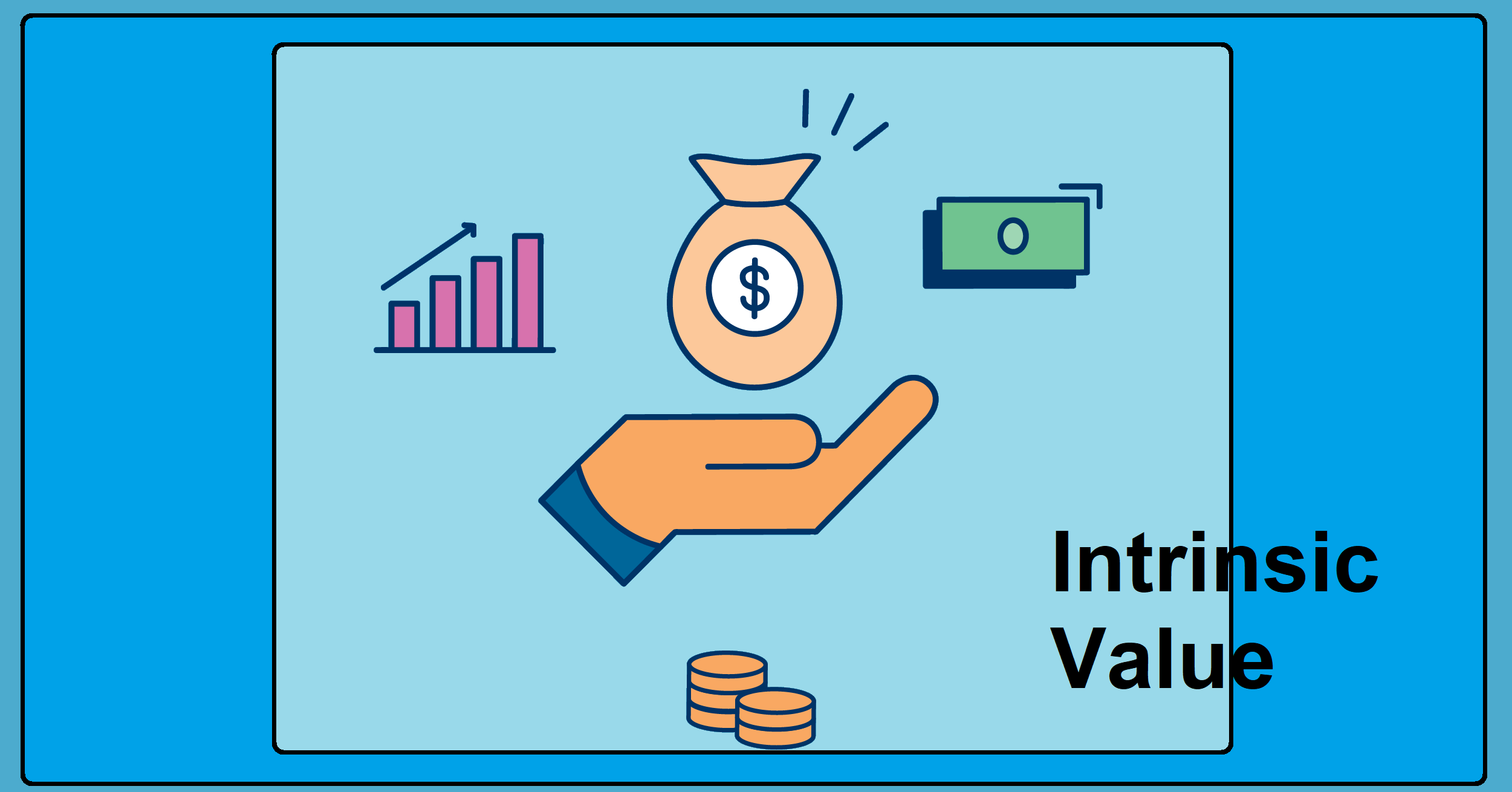A bond that only guarantees repayment of its principal, (i.e., its face value, at maturity) but not payment of interest or coupon. However, interest is paid to bondholders wherever the issuer has an opportunity to do so, depending solely on generation of a sufficient or minimal amount of income over the life of the bond, and as set out in the issuance documents.
The interest amount will depend, and is solely contingent, on the issuer’s earnings. If no earnings, or sufficient level of earnings, is made during the period of holding, the issuer will be under no obligation to pay any interest. In this sense, this bond is a hybrid bond, as it has a fixed maturity but on which interest will be paid only if required income is earned.
These bonds were introduced in the United States out of railroad reorganizations, when holders of defaulted bonds accepted a type of settlement whereby issuers provided to repayment the principal amount, and to take up an earnings obligation in exchange for their own bonds. On the other side, the issuers were less exposed to any further bankruptcy because interest on the new income bonds was solely connected to an issuer’s earnings.






